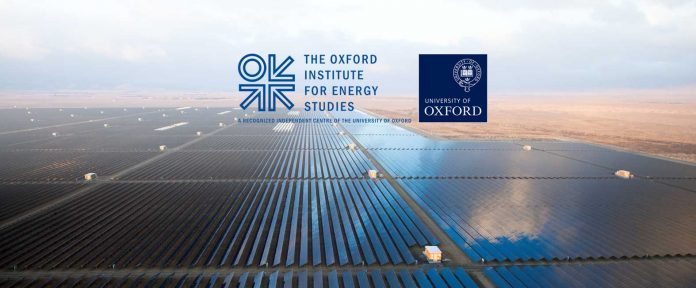This new paper from OIES explores how East Africa can make the most of renewable power
Less than a quarter of the population in East Africa has access to electricity – the lowest electrification rates in the world – according to a new report from The Oxford Institute for Energy Studies (OIES).
This startling figure, combined with the region’s vast natural resources, presents major opportunities for renewable energy investors, said ‘The Politics of Renewable Energy in East Africa’ study.
Solar irradiation levels are high due to proximity to the equator, wind speeds are some of the strongest on the continent, hydropower resources are plentiful and the Great Rift Valley is a promising source for geothermal power, OIES said.
Employing a country risk approach, the report compares the two largest economies in the region – Ethiopia and Kenya – to show how government policy impacts the decision on renewable energy investment.
Solar irradiation levels are high due to proximity to the equator, wind speeds are some of the strongest on the continent, hydropower resources are plentiful and the Great Rift Valley is a promising source for geothermal power. Employing a country risk approach, the report compares the two largest economies in the region – Ethiopia and Kenya – to show how government policy impacts the decision on renewable energy investment.
Both countries have ambitious renewable targets and have created favourable policies for the sector. Equally, both have strong resources that span renewable energy types. Despite these similarities, the investment experience in the two countries is vastly different. In Ethiopia’s case, there are significant advantages to on-grid investments, whereas in Kenya, off-grid solutions present lower risks.
The paper explains these differences in investment as well as some of common obstacles that affect both solutions, from financing challenges to the 100 per cent renewable debate.
To view the full OIES paper, click here






























